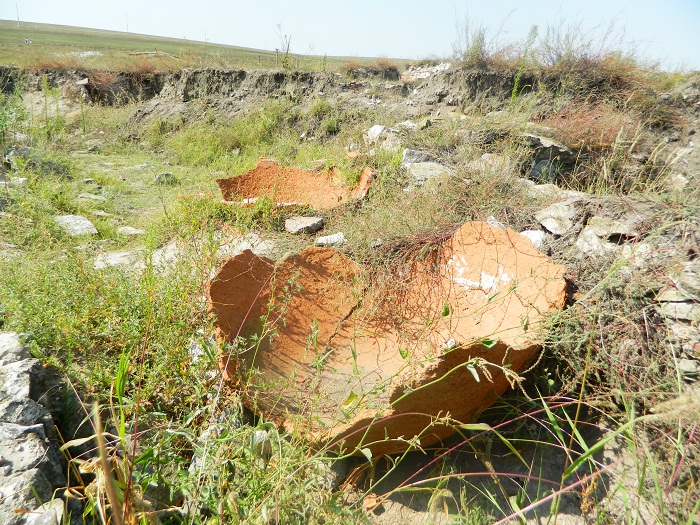Travel Planner: Romania's Dobrogea- rolling hills, winding roads and windy gateway to nature at its best



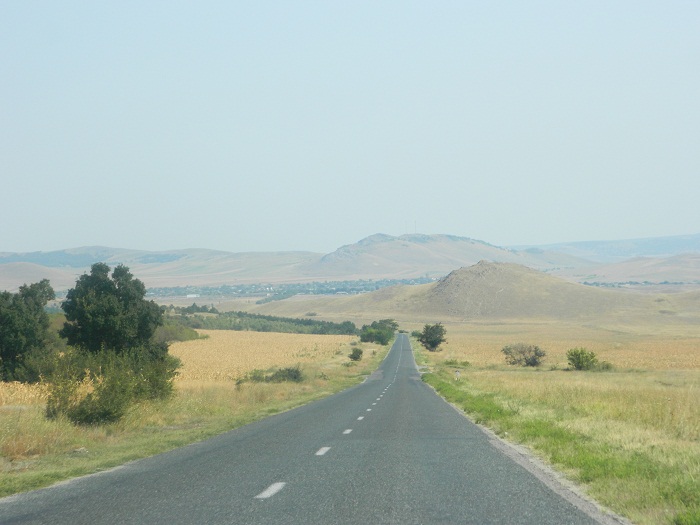
A week-end might not be enough to discover the unexpected beauties of Romania's Dobrogea region. More than two days are needed to see its beauties and discover its rich past. But here's a glimpse at Dobrogea, which is much more than its most famous region, the Danube Delta- which we will cover in a future Travel Planner article.
There are a limited number of ways to get to Dobrogea, depending on starting point. By sea, it's pretty straightforward, choose one of the ports on the Black Sea and then finish the journey overland. From Bulgaria, cross the border at Vama Veche. Coming from Romania's Muntenia region, the easiest way is to choose one of the two bridges crossing the Danube: Giurgeni – Vadu Oii or Fetesti - Cernavoda. The latter is the typical route to the Romanian seaside, via the A3 highway – or the Sun Highway. The option to cross the Danube with the flat boat is also available at Braila and Galati.
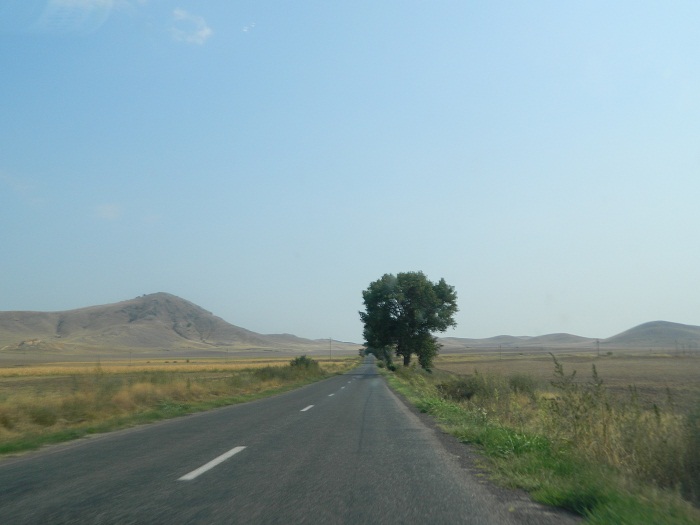
For a nicer landscape, if driving, I would recommend taking the A3 highway until Slobozia, then going to Giurgeni, crossing the toll bridge and then driving to the mountainous area of Macin. The Dobrogei mountains are incredible and unexpected in a quite deserted, steppe area. They are old mountains, not very tall, combining beautifully with the plateau, drawing rolling shapes on the skyline. This northern part of Dobrogea is higher than the southern, and driving is more spectacular here. The roads are in good shape in most of the area, as long as you stay on national roads. If you drive a 4x4, the smaller, local roads are a must, as the discoveries will exceed expectations.
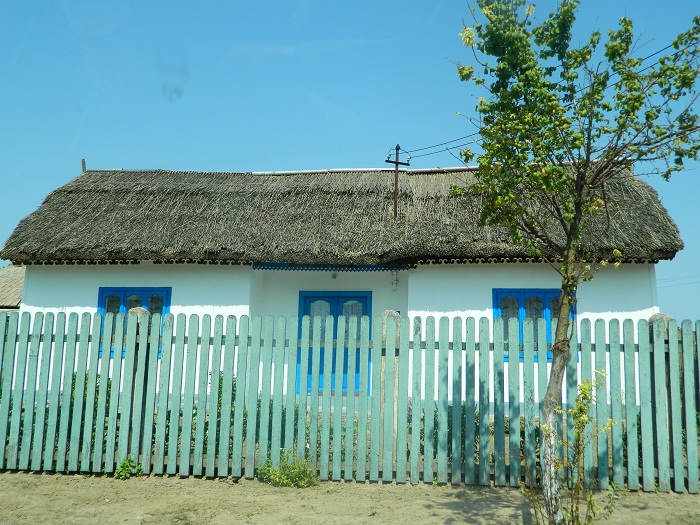
The northern Dobrogea region closer to the Danube Delta and to the sea has its charm, and driving to Tulcea from either Macin or from Babadag or Topolog will reveal picturesque villages, enormous fields, lakes here and there.
Tulcea is the gateway to the Delta. Speedboats are available to Sfantu Gheorghe and to Sulina via two of the Danube's arms. Make sure you check the schedule of boats and most run by the state company Navrom involve you staying a night in either Sulina or Sfantu Gheorghe. On the spot, there are plenty locals offering boat trips in the Delta, but not all of them speak English.
We'll cover the Delta more in detail in one of our future articles. Staying on the main land, accommodation is the first job. There are boarding houses in most important villages in the Dobrogea region, close to the Delta. We stayed in Mahmudia, at a newly opened place called La Felinare. We enjoyed it as it was somewhere close to nature, overlooking the Danube branch, and it gave us a good starting point for trips in the region.
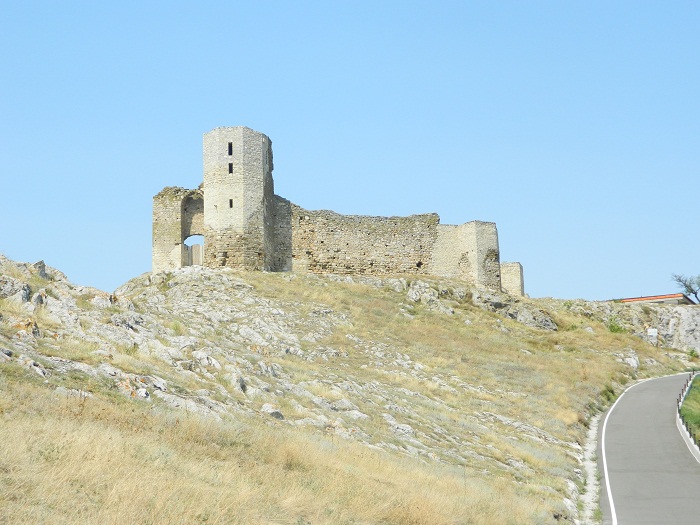
Driving around the large Razim lake is recommendable, with the highlight at Enisala (in picture, above and below), where the medieval castle overlooks the lake and the hilly region from on high. Then, going further south, Jurilovca is a must. It gives access to the Dolosman cape and to the Argamum – Orgame ruins. From Jurilovca, boats across the Golovita lake are available to one of the few remaining almost unspoiled seaside spots in Romania: Gura Portitei.
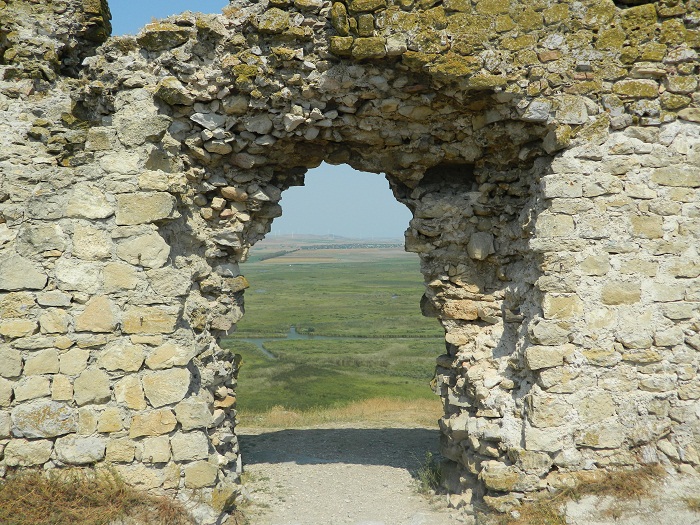
The small resort, only reachable by boat, offers accommodation – tents, small houses or a more posh housing option, quietness and a very relaxed feel. On the very wild side of the beach, it's sometimes possible to catch a glimpse of wild horses coming from the Danube Delta reservation, which starts very close by.
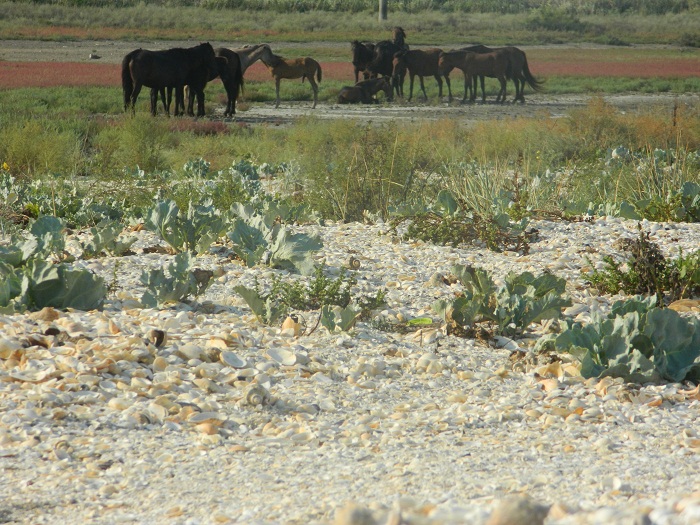
If you take the one and a half hour boat trip, which costs RON 30 per person per trip, go early in the morning, as the last boat returning to Jurilovca is at 20:00 and you will want at least a full day of enjoying the wilderness. Private, faster boats are also available and for larger groups, the pricing per person is better.
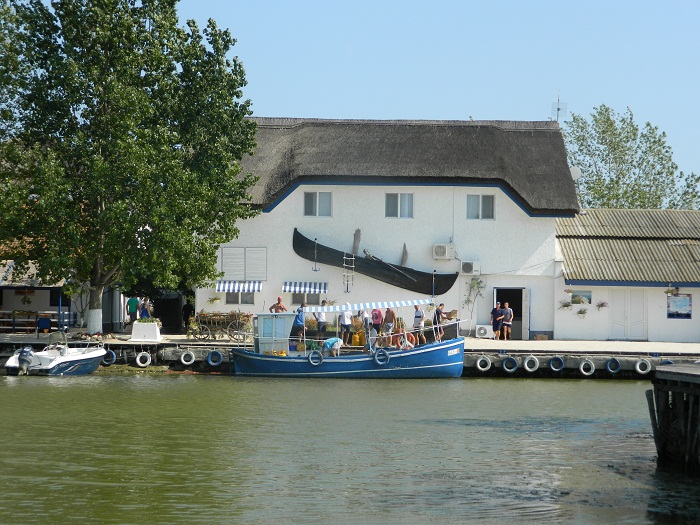
Another wild beach, a bit more to the south, is at Corbu. We're yet to discover it but we've been told there are even fewer tourist amenities there, so make sure you pack all the needed things before you go there (and let us know how it was).
Back to Dobrogea, in the Macin area, the Natural Park Macin Mountain is worth a visit. At Niculitel, enjoy the famous locally made wine, while in Isaccea, you can even see the Ukrainian side of the Danube. The roads are unexpectedly good and the traffic is light, allowing 'in– the–middle-of-nowehere-roads pictures.
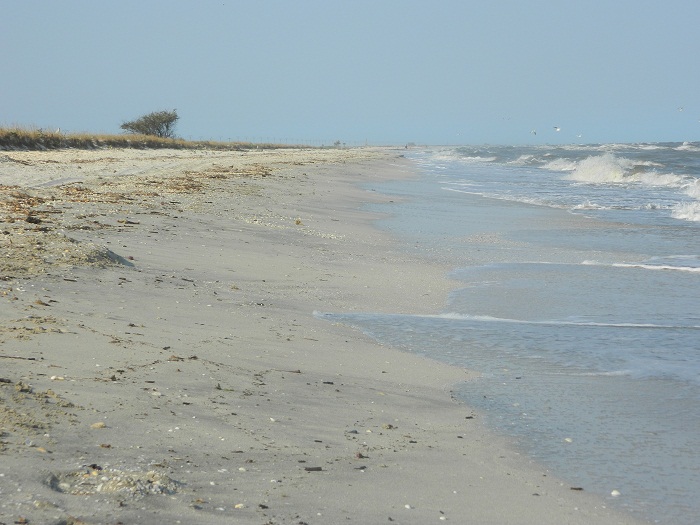
In Tulcea, two museums are worth visiting: the Danube Delta museum with the aquarium, and the Folk Art museum, on opposite sides of an intersection downtown Tulcea.
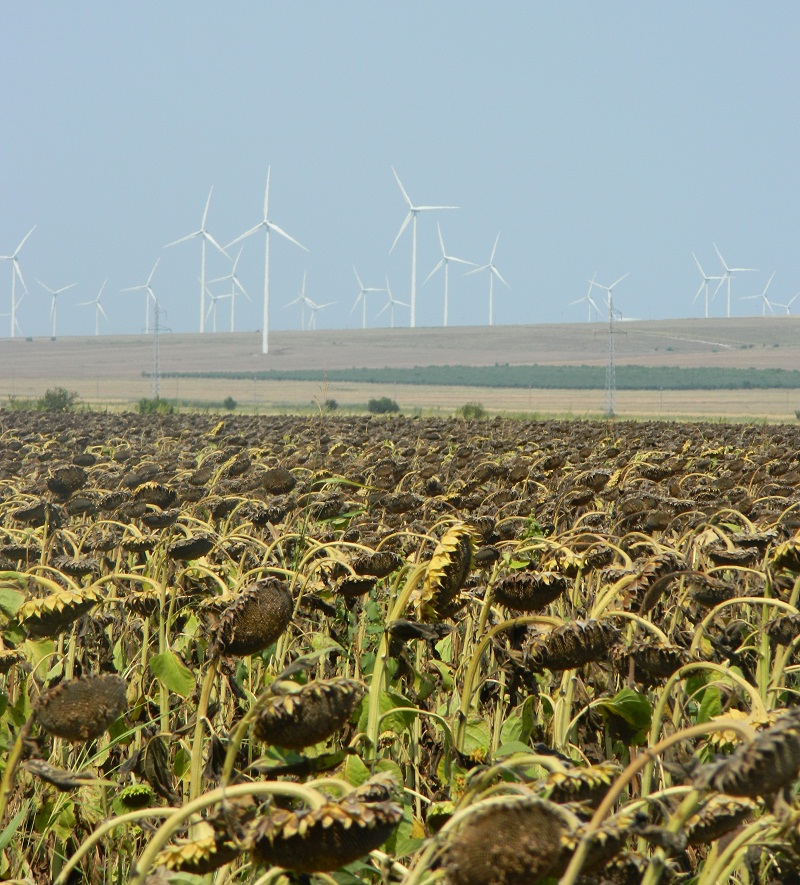
Monasteries with strange names like Celic Dere, Saon, villages with names reminding of the Turkish occupancy – Bestepe, Sarinasuf, Ac Cadan, Enisala- thatched countryside houses with blue windows and doors, lakes with birds whose names and colors you'll want to discover, and a recently erected forest of wind turbines taking advantage of the strong wind will accompany you in your trip to Dobrogea, the only steppe region in the European Union.
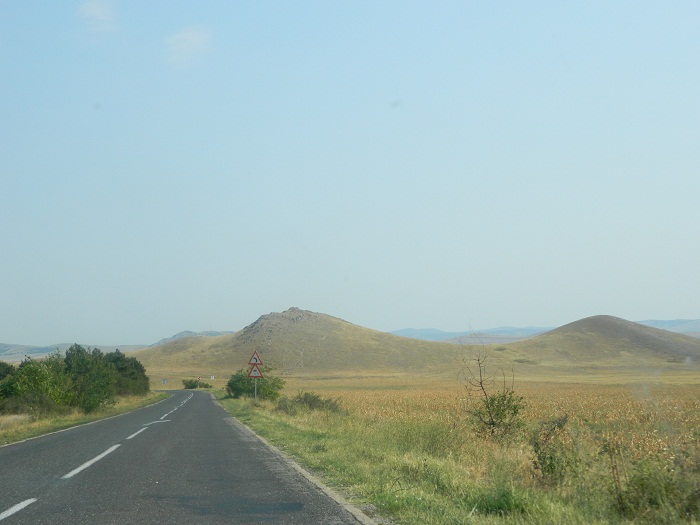
Corina Chirileasa, corina@romania-insider.com
(photos: copyright- Corina Chirileasa/Romania-Insider.com)
